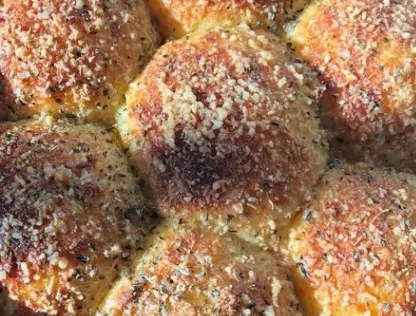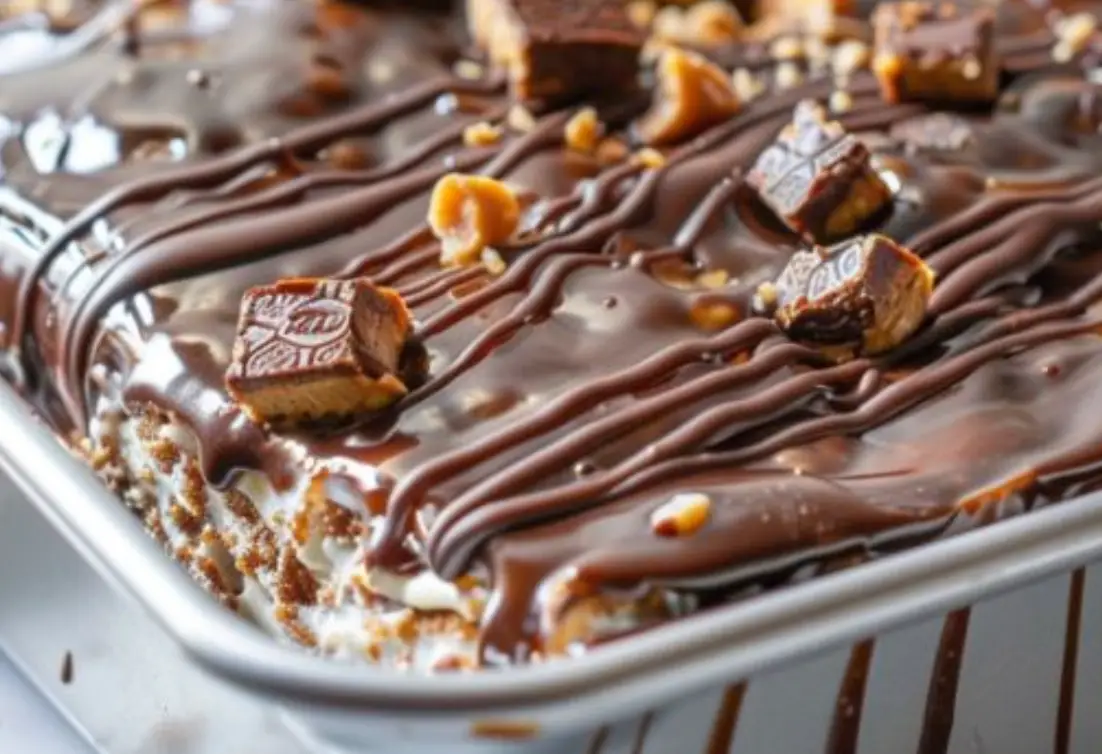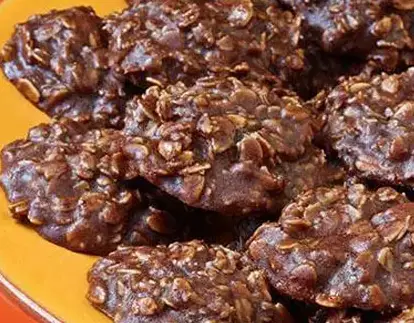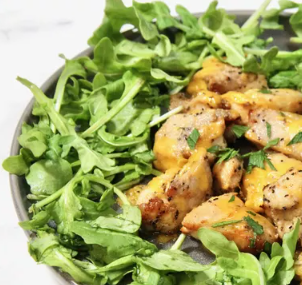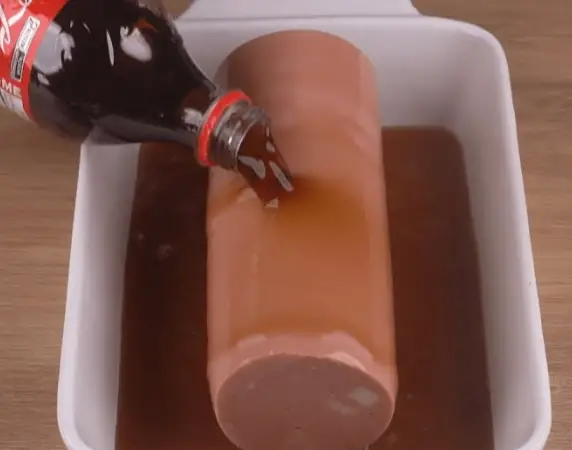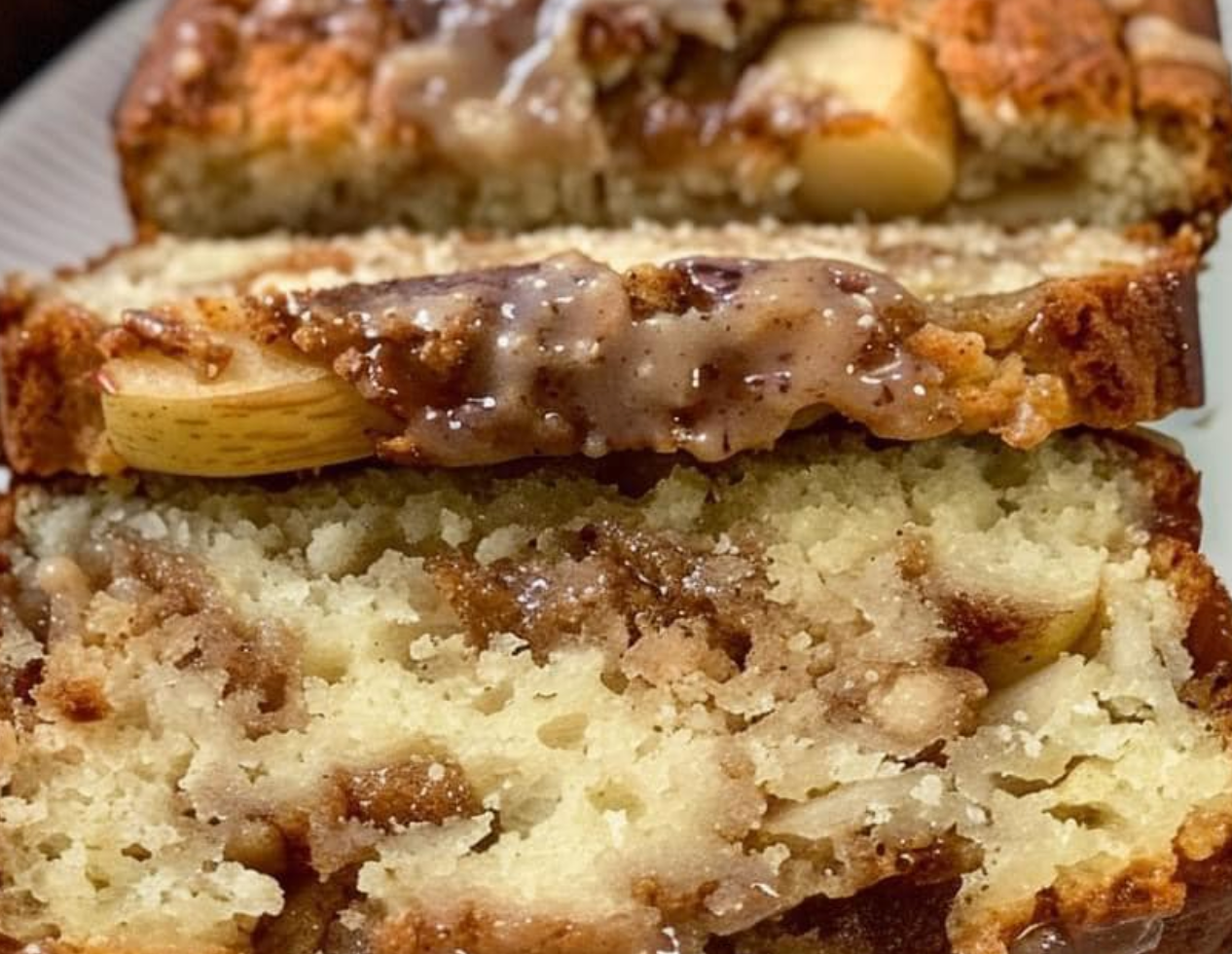Unlock the secrets to creating irresistibly delicious homemade bread with a twist – deep frying! In this comprehensive guide, we’ll walk you through the step-by-step process of making homemade bread in the deep fryer. From the perfect dough to golden-brown perfection, get ready to elevate your bread-making skills to new heights. Let’s dive in!
There’s nothing quite like the aroma of freshly baked bread wafting through the kitchen, but have you ever considered taking your bread-making adventures to the next level? Deep frying adds a delightful crunch and golden hue to homemade bread, transforming a simple loaf into a gourmet indulgence. With just a handful of ingredients and a trusty deep fryer, you can create bakery-worthy bread that will impress even the most discerning palates. Join us as we embark on a journey to mastering the art of homemade bread in the deep fryer.
Ingredients:
- 3 cups all-purpose flour
- 1 tablespoon sugar
- 1 tablespoon active dry yeast
- 1 teaspoon salt
- 1 cup warm water (110°F/43°C)
- 2 tablespoons olive oil
Instructions:
- Activate Yeast: In a small bowl, combine the warm water, sugar, and active dry yeast. Stir gently and let it sit for about 5-10 minutes until the mixture becomes frothy and bubbly.
- Mix Dry Ingredients: In a large mixing bowl, sift together the all-purpose flour and salt. Create a well in the center of the flour mixture.
- Combine Ingredients: Pour the activated yeast mixture and olive oil into the well of the dry ingredients. Using a wooden spoon or your hands, gradually incorporate the flour mixture into the liquid until a dough forms.
- Knead the Dough: Transfer the dough onto a floured surface and knead it for about 5-7 minutes until it becomes smooth and elastic.
- First Rise: Place the kneaded dough in a lightly greased bowl, cover it with a clean kitchen towel or plastic wrap, and let it rise in a warm, draft-free place for about 1-2 hours or until it doubles in size.
- Shape the Dough: Once the dough has risen, punch it down to release the air bubbles. Divide the dough into equal portions and shape them into desired shapes, such as rolls, buns, or twists.
- Second Rise: Arrange the shaped dough on a baking sheet lined with parchment paper, leaving some space between each piece. Cover them with a clean kitchen towel and let them rise for another 30-45 minutes until they puff up.
- Heat the Oil: In the meantime, heat the vegetable oil in a deep fryer or large pot to 350°F (175°C).
- Fry the Bread: Carefully lower the risen dough into the hot oil, a few pieces at a time, using a slotted spoon or spider strainer. Fry for 2-3 minutes on each side until golden brown and cooked through.
- Drain and Serve: Remove the fried bread from the oil and transfer it to a wire rack or paper towel-lined plate to drain excess oil. Serve warm and enjoy!
Cook’s Notes:
- Temperature Control: Maintain a consistent oil temperature of 350°F (175°C) throughout the frying process to ensure even cooking and golden-brown results.
- Batch Size: Avoid overcrowding the deep fryer or pot to prevent the temperature of the oil from dropping too quickly. Fry the bread in small batches for optimal results.
Variations:
- Stuffed Bread: Experiment with stuffing the dough with your favorite fillings such as cheese, herbs, or cooked meats before frying for a flavorful twist.
- Sweet Bread: Add a touch of sweetness to the dough by incorporating ingredients like honey, cinnamon, or dried fruit for a delectable dessert option.
Keto Version:
For a keto-friendly version of homemade deep-fried bread, you can substitute almond flour or coconut flour for all-purpose flour and use a sugar substitute such as erythritol or stevia in place of sugar. Additionally, consider adding extra protein or fiber-rich ingredients such as psyllium husk powder or flaxseed meal to enhance the nutritional profile of the bread.
Low-Carb Version:
To reduce the carb content of homemade deep-fried bread, follow the keto version substitutions mentioned above. You can also experiment with incorporating ingredients like vital wheat gluten or oat fiber to improve the texture and reduce the net carb count.
Frequently Asked Questions (FAQs):
Q: Can I use instant yeast instead of active dry yeast? A: Yes, you can substitute instant yeast for active dry yeast in this recipe. However, you may need to adjust the rising time as instant yeast typically requires less time to activate.
Q: Can I add herbs or cheese to the dough for extra flavor? A: Absolutely! Feel free to customize the dough by adding your favorite herbs, spices, or shredded cheese for a unique flavor profile.
Q: Can I make this recipe without a deep fryer? A: While deep frying yields the crispiest results, you can also pan-fry the bread in a skillet with enough oil to cover the bottom. Cook the bread over medium heat until golden brown on both sides.
Q: How should I store leftover deep-fried bread? A: Store any leftover deep-fried bread in an airtight container at room temperature for up to 2-3 days. Reheat in the oven or toaster oven for a few minutes until warmed through before serving.
Q: Can I freeze homemade deep-fried bread? A: Yes, you can freeze homemade deep-fried bread for up to 1-2 months. Allow it to cool completely before wrapping it tightly in plastic wrap and aluminum foil. Thaw overnight in the refrigerator before reheating.
Elevate your bread-making repertoire with the irresistible allure of homemade bread in the deep fryer. From the satisfying crunch to the tender, fluffy interior, each bite is a culinary delight that will leave you craving more. With our foolproof recipe and expert tips, you’ll master the art of deep-fried bread in no time. So fire up your deep fryer, roll up your sleeves, and prepare to impress with your newfound bread-making skills!
